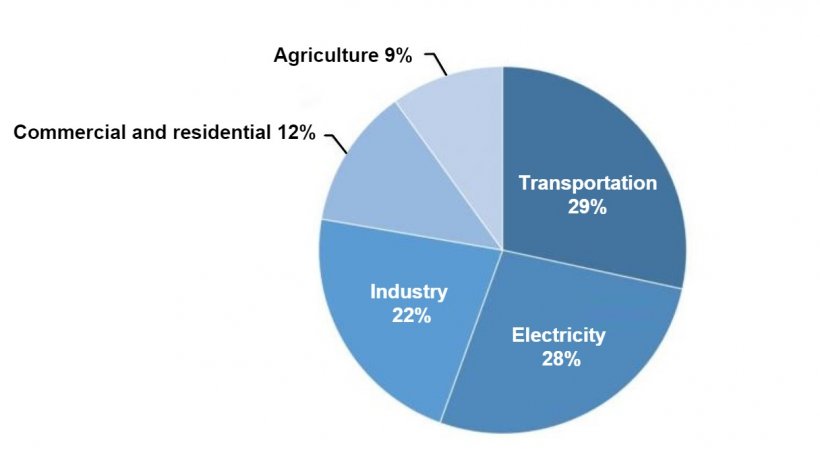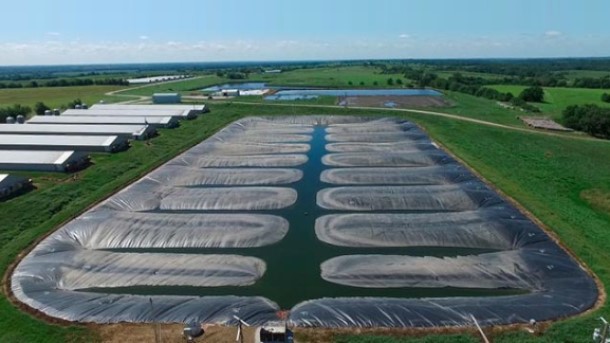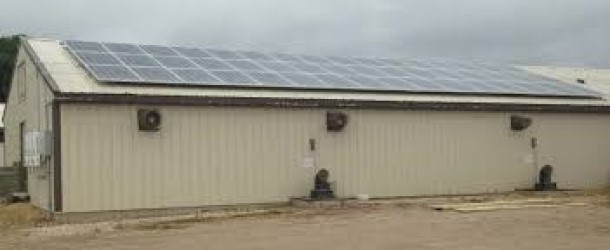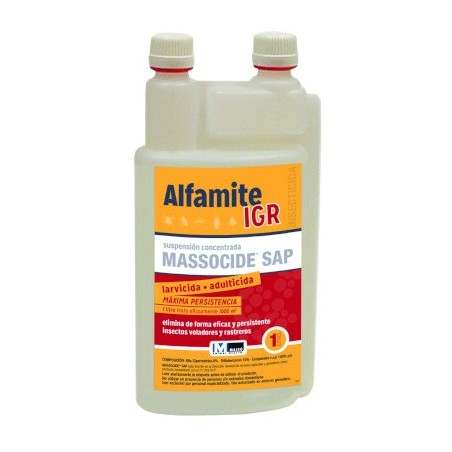What is climate change?
Energy comes to the earth from the sun, primarily in the form of shortwave radiation (light). It warms everything on Earth. The heat from the warmed earth transmits energy back as infrared radiation. However, Infrared radiation has a much longer wavelength, and much of that energy is absorbed (trapped) by greenhouse gases (GHG). GHGs include carbon dioxide (CO2), water vapor (H2O), methane (CH4), and nitrous oxide (N2O). That trapped energy heats up our atmosphere resulting in global warming, the main driver of climate change. The result we experience is warmer temperature, erratic and extreme weather such and heat waves, droughts, wild fires, high windstorms, and torrential rainstorms.

Agriculture and climate change
Agriculture contributes – worldwide – a net estimated 19% of GHG. Animal production makes up about 40% of the agricultural GHG production (see Figure 1). However, the two main gases produced by animal production (CH4 and N2O) are much more potent energy absorbers than CO2 (CH4, 32 and N2O, 280 times higher respectively than is CO2). Environmentalists and the public have criticized agriculture as having a negative impact on the environment. Our industry needs to counteract these concerns and provide evidence we are taking efforts to minimize our environmental footprint. Further, our industry needs to minimize the current and future impacts of climate change on productivity and profitability. This article will briefly review GHG that are emitted from pork production, what effects global warming has on production, how emissions may be mitigated, and how emissions management may add to the economic bottom line.

Pig production and climate change
What are the main negative effects of climate change and global warming on pork production?
- Warmer temperatures result in:
- lower fertility rate in a sow unit;
- in a finishing unit, excess heat results in lowered feed intake, thus lowered growth rate;
- warmer weather enhances survival of insect pests that can spread diseases (e.g. flies, lice, etc.);
- higher disease incidence in a swine production unit results in increased costs of veterinary service and medicines.
- Climate change can result in droughts, and lowered water availability.
- Increased production costs due to:
- increased energy costs for cooling and ventilation;
- increased cost of feed energy and protein because of lowered crop production due to extreme weather.
What are the sources of GHG associated with pork production?
The main sources of agricultural GHG’s (about 40%) comes from soil during crop production. About 60% of agricultural GHG’s comes from livestock production. Methane comes from ruminant animals' digestion and from anaerobic digestion of pig manure. N2O comes from microbial and atmospheric changes of nitrogen from animal manure emitted from a lagoon, or emitted from manure applied to land.

How can pork producers minimize the emission of GHG and the negative impacts on production?
- Design diets with lowered proteins with bioavailability of amino acids (swine nutritionists are working on this).
- Manage manure as a valuable resource to reduce emissions.
- Cap lagoons to capture methane for an energy source (see Figure 2).
- Apply and incorporate manure in the soil of crop fields only at the rate that the crops will take up.
- Production of corn and soybeans should use minimum or no tillage and cover crops to keep nitrogen in the soil and available for crops.
- Utilize by-products of bio-ethanol production as a component of the ration.
- Plant trees or native grasses in and around the production area to form windbreaks, shade, and that will also take up CO2 as well.
What management options are there for producers to use less energy and cope with extreme weather?
- Renovation of and building new structures:
- For ventilation, consider use of centrifugal fans rather than axial fans in applications where possible, as they are more efficient, work better against external wind forces, and are easier to maintain;
- Increase structural strength and insulation of buildings to withstand higher winds, and manage extreme temperatures;
- Utilize natural light when possible and LED light bulbs when artificial light is needed.
- Utilize creep boxes in a farrowing unit so lower overall building temperature can be kept lower.
- Install solar panels for energy usage (see Figure 3).
- Consider outdoor or partial outdoor finishing to save energy.

What issues will producers face with regulations on climate change and what might be available to reward producers to reduce GHG?
In the future, it is likely that businesses will have to pay for GHG they emit. In addition, there will likely be opportunities to be paid for actions that reduce GHG and/or sequester carbon. Climate Trust is an organization that plans and manages programs for businesses to reduce their carbon footprint. They suggest two following general areas that will lower emissions, and advance their possibilities to sequester carbon.

- Soil Carbon Building: practices such as composting, biochar, and grazing land/livestock management build more biomass in soils, not only improving soil qualities such as fertility and water holding capacity, but also sequestering carbon
- Changes in Fertilizer Management: practice changes in the rate, timing, placement, and type of fertilizer may qualify for carbon offsets if GHG emissions are reduced
Summary
Climate change is real, resulting in global warming, creating challenges to sustainability of pork production. With recognition and understanding of the challenges, there are ways to manage them. More in-depth study of the methods presented here combined with planning and incorporating them in a business and management plan will help to assist a profitable and positive public image for a sustainable industry well into the future.









